


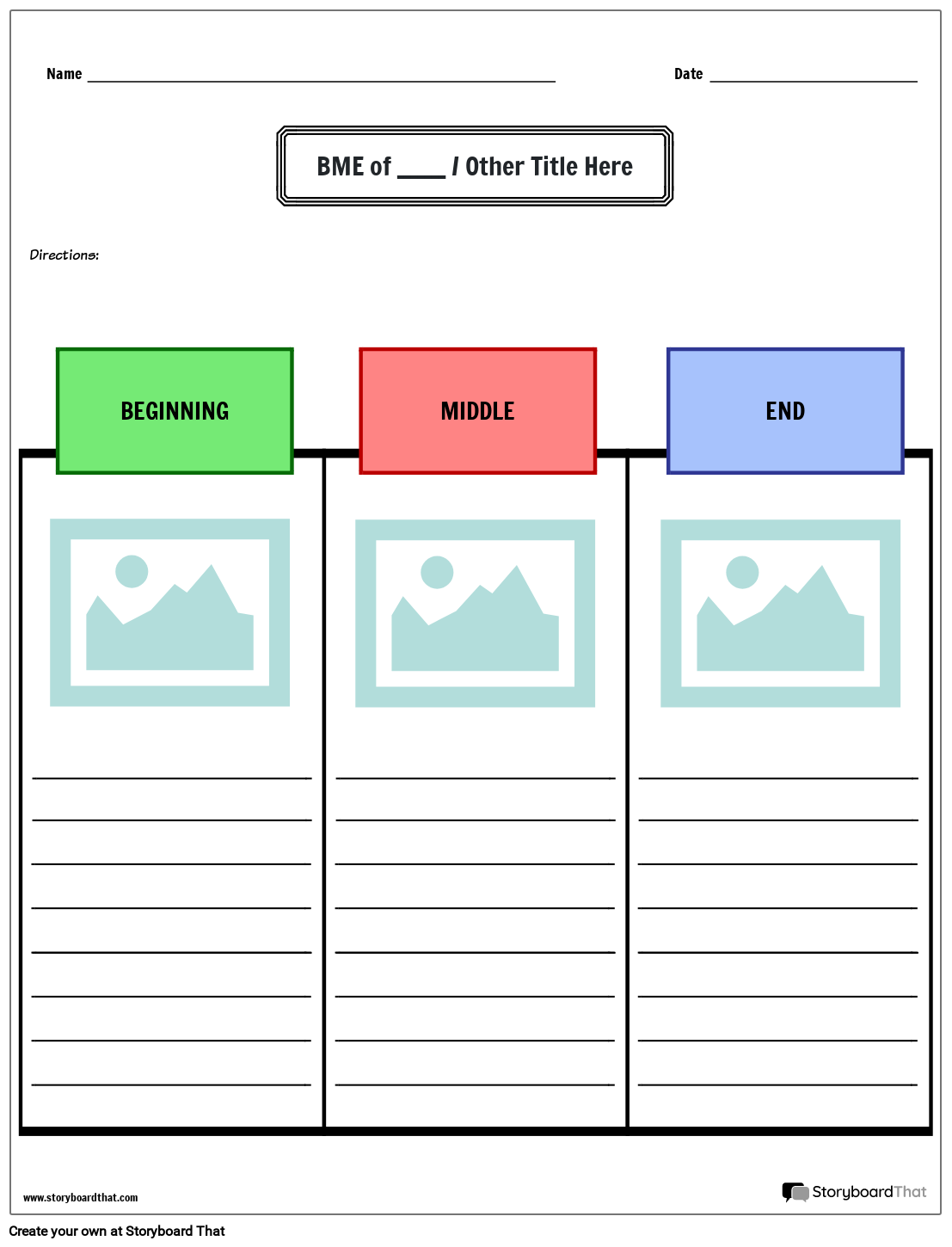

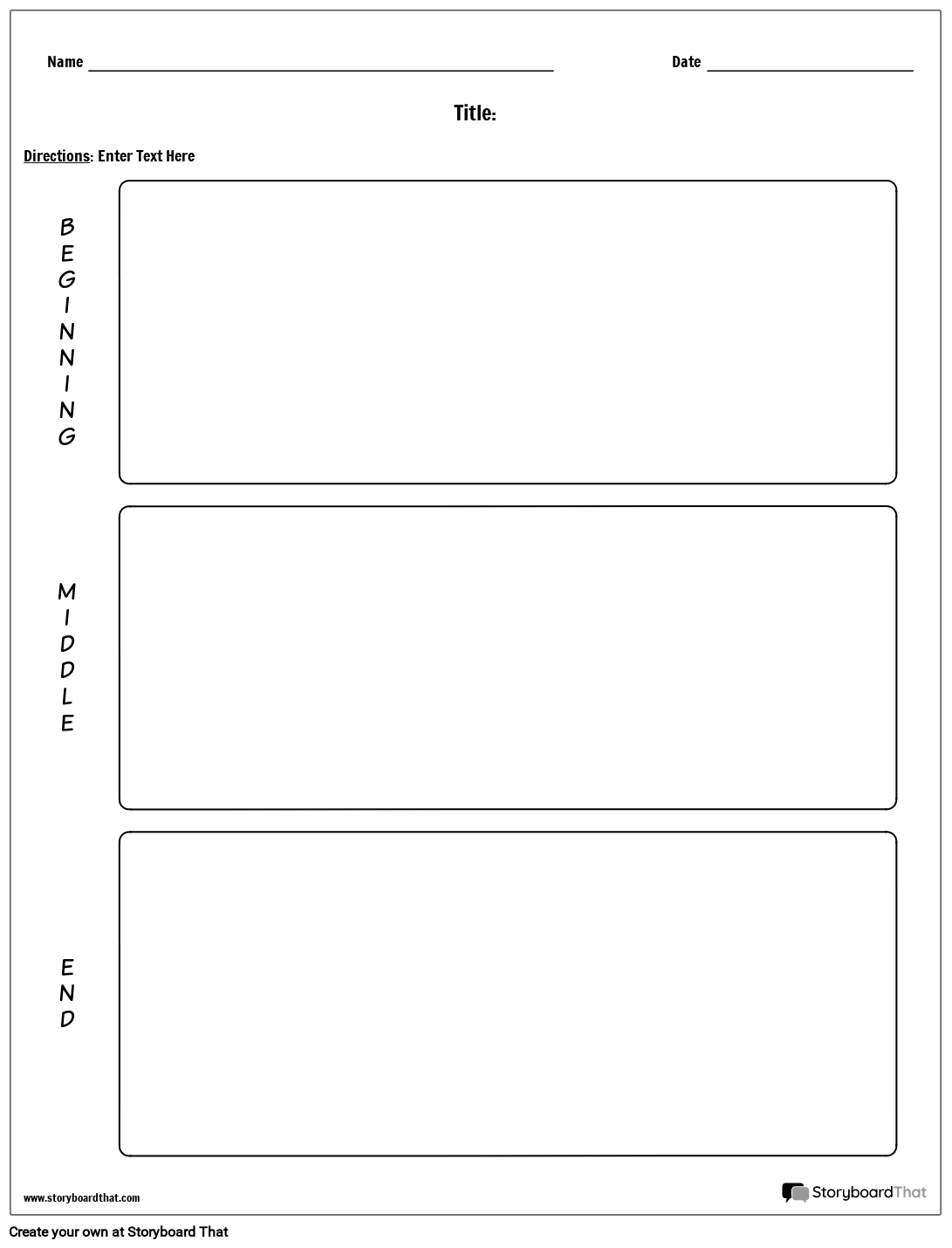
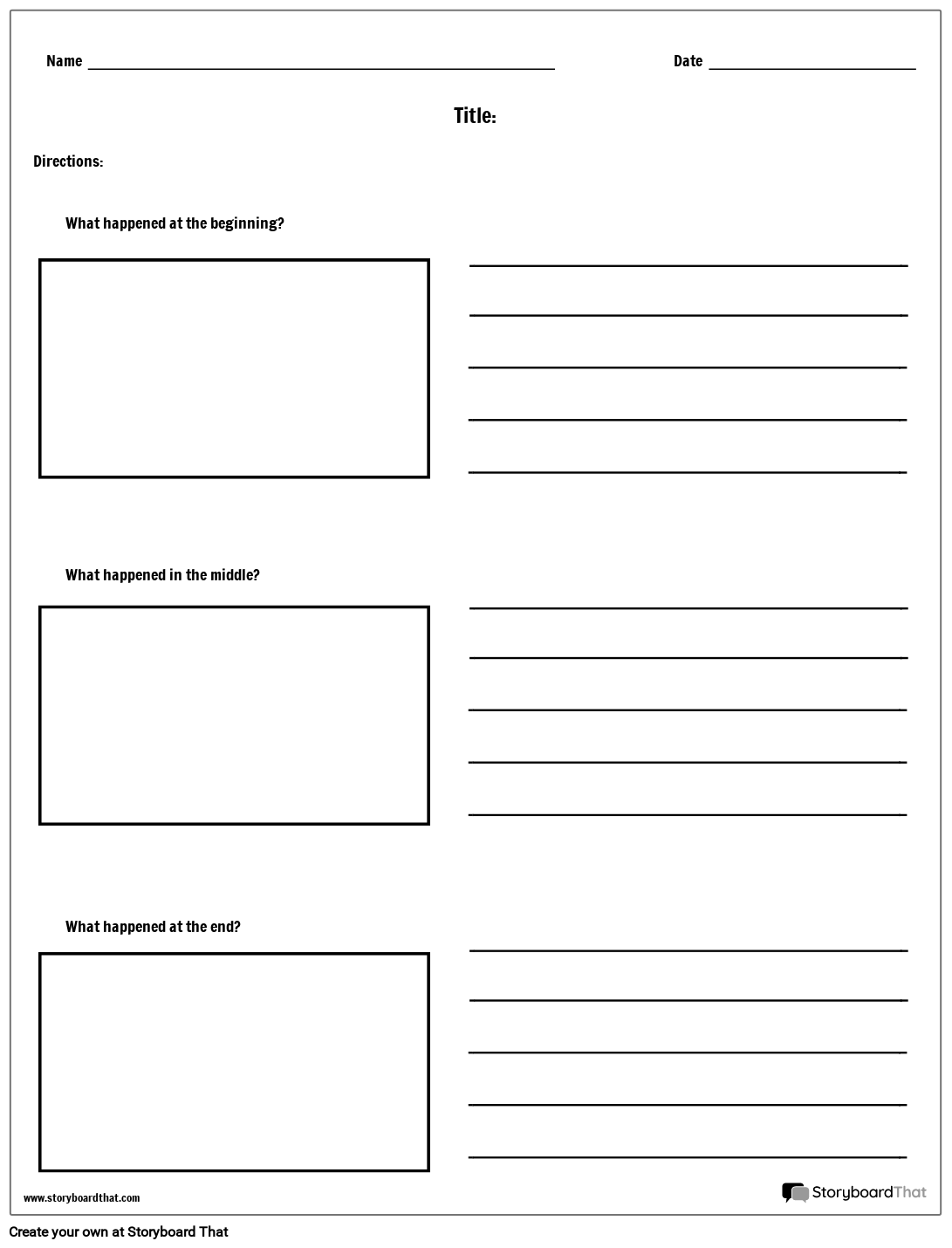
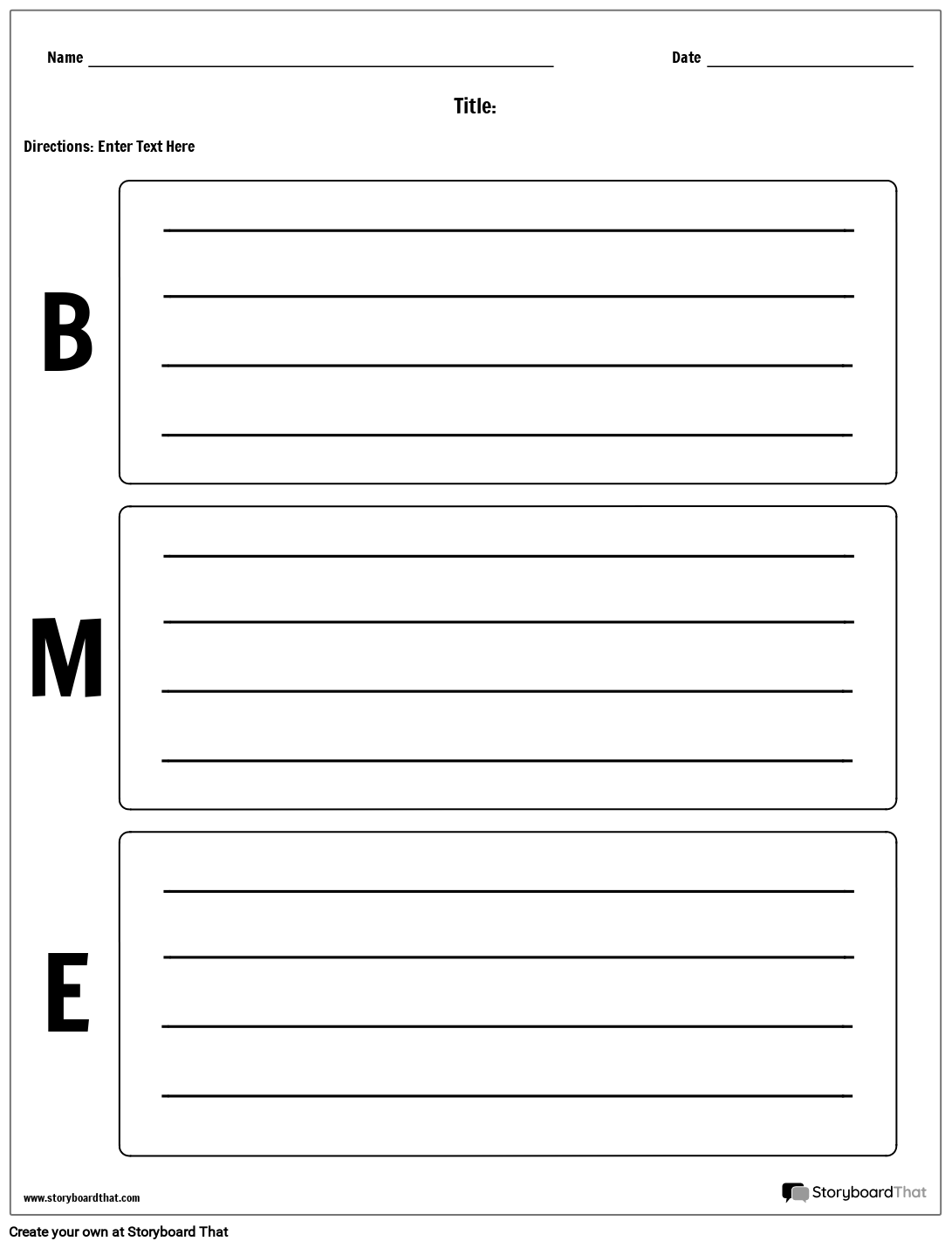

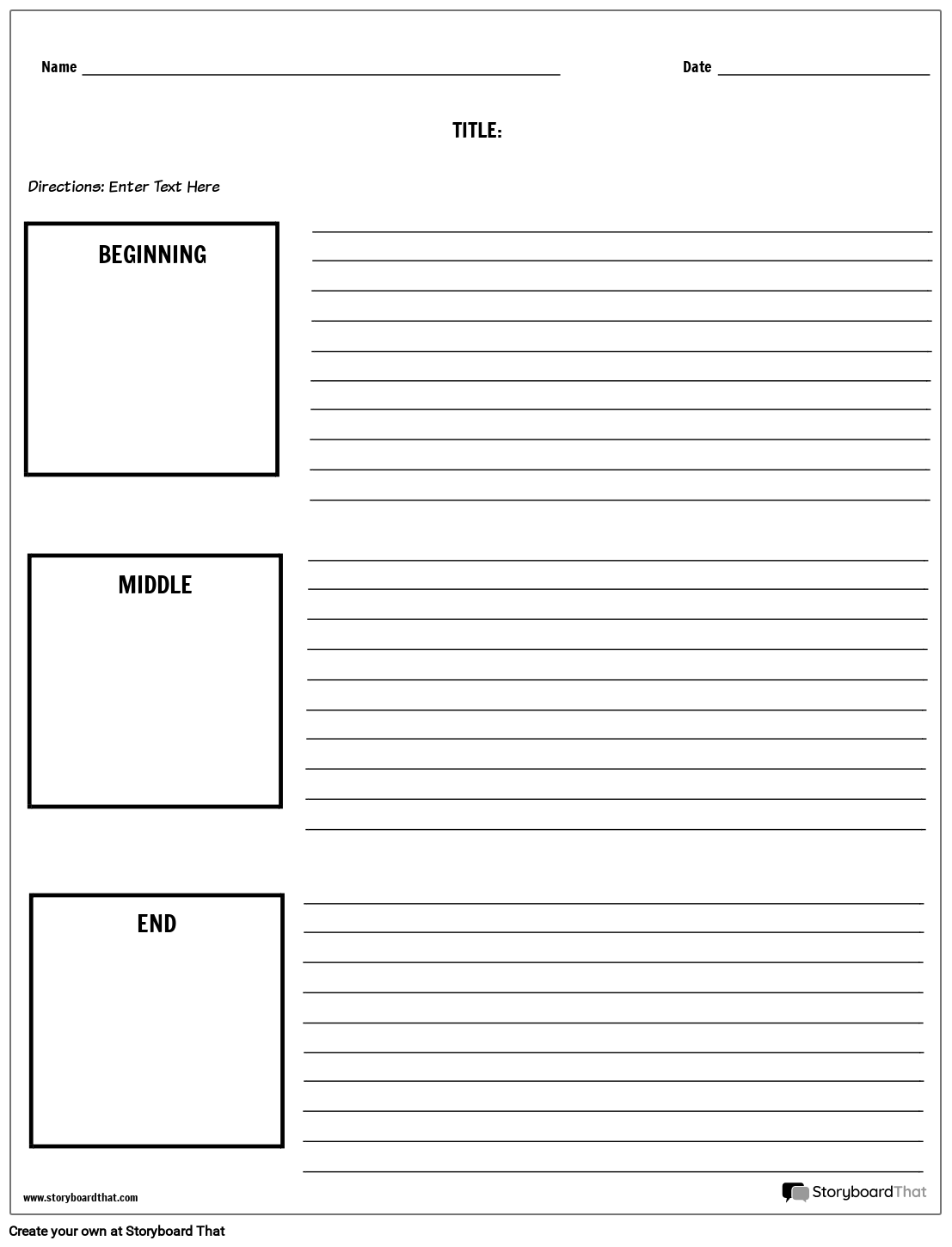
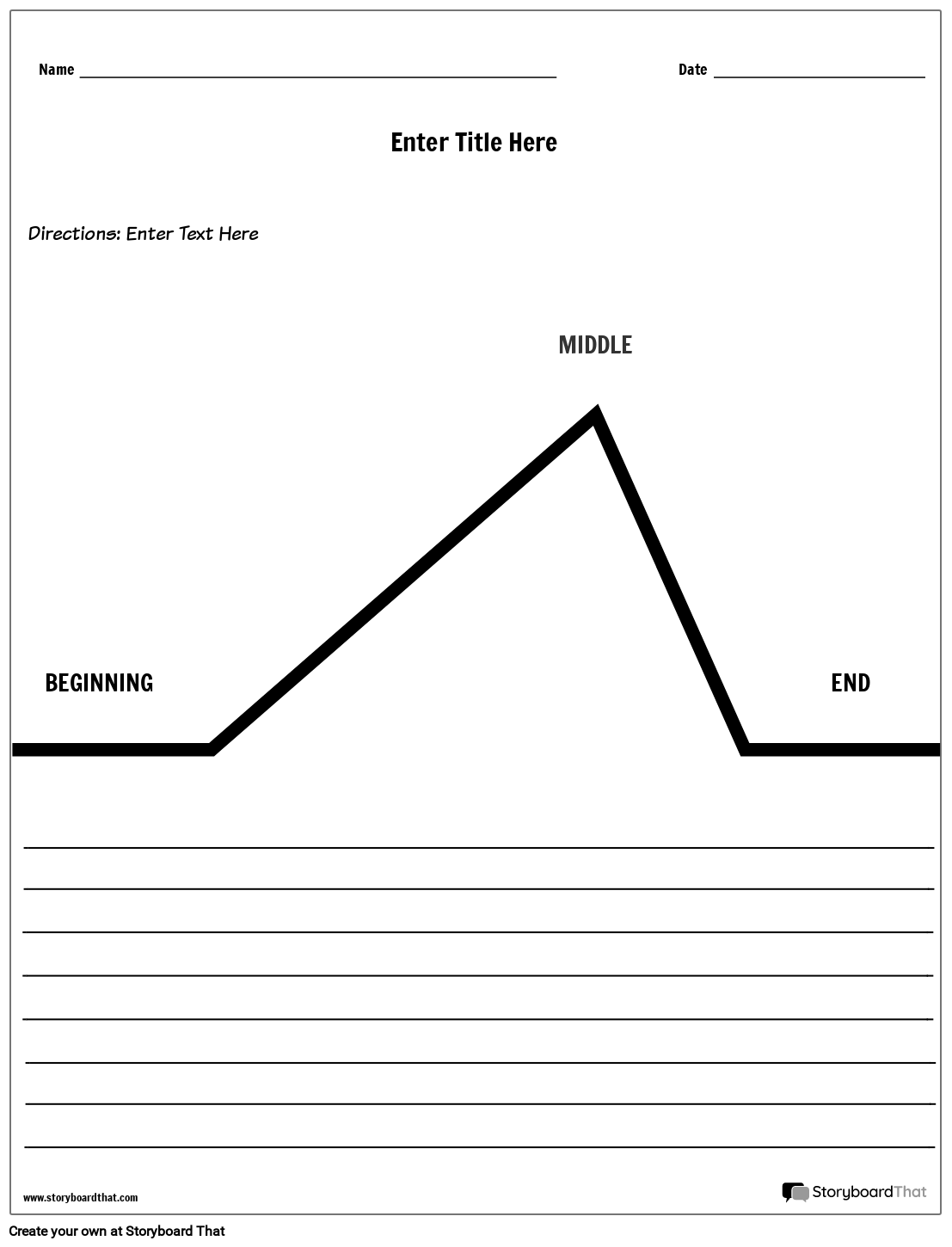
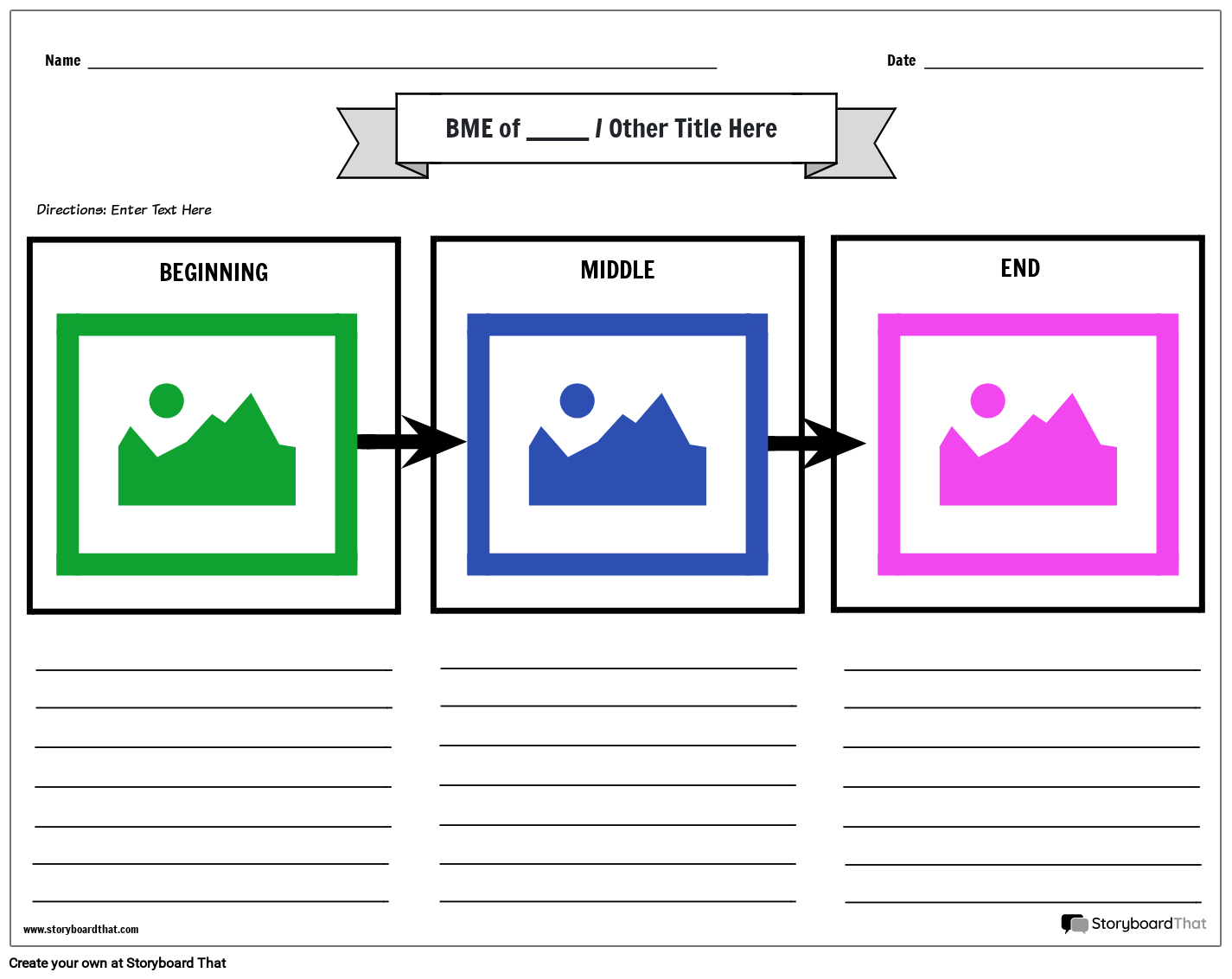
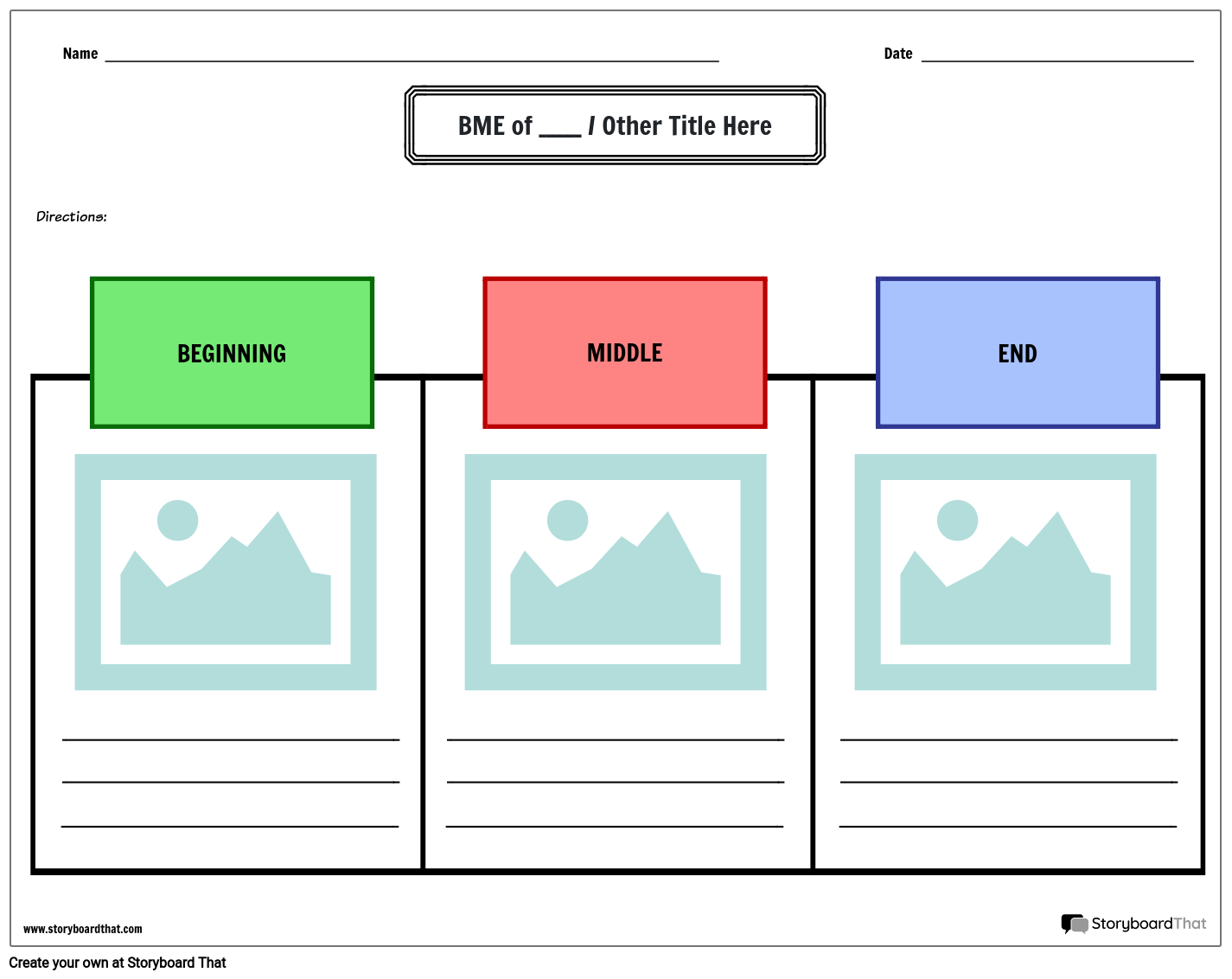
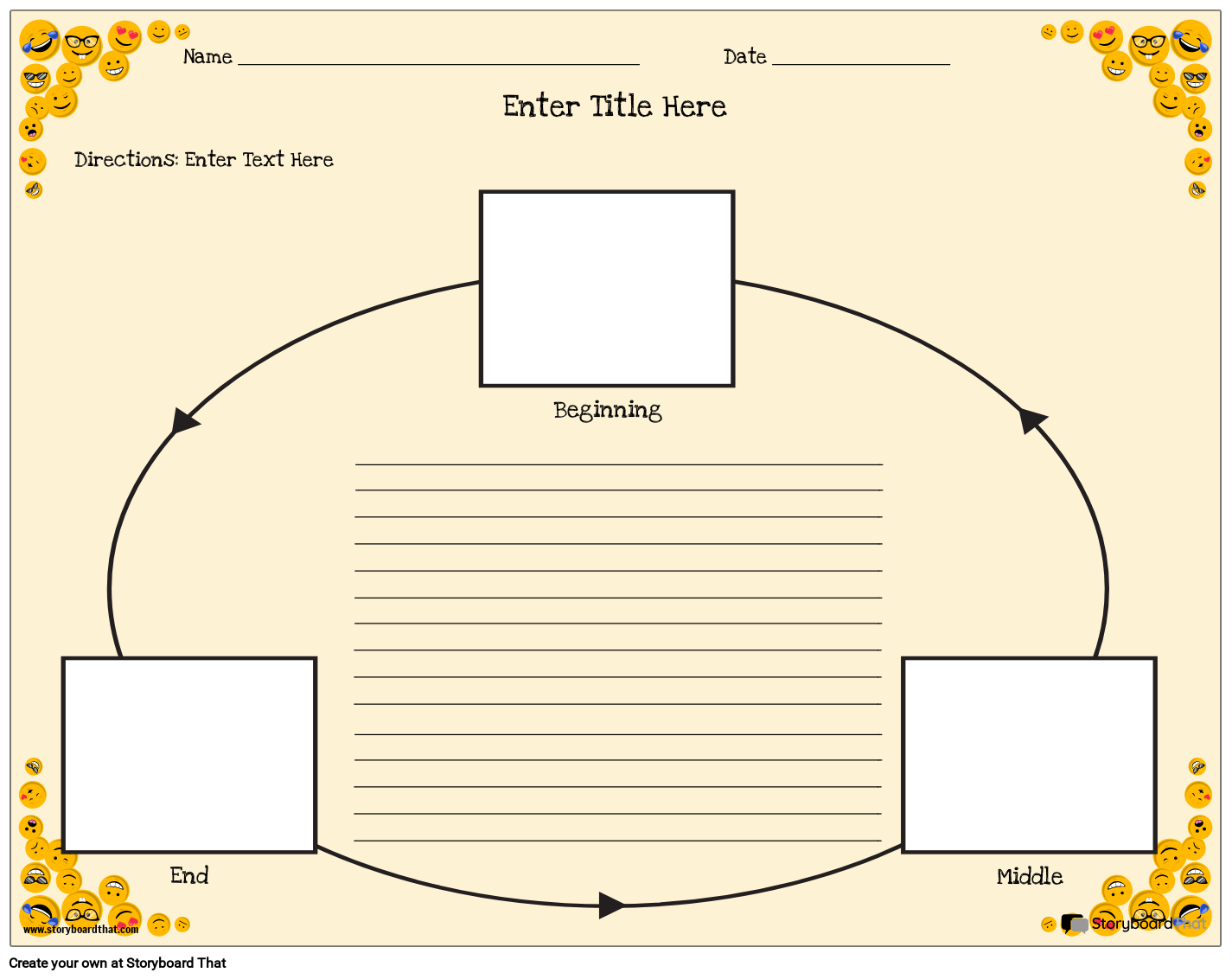
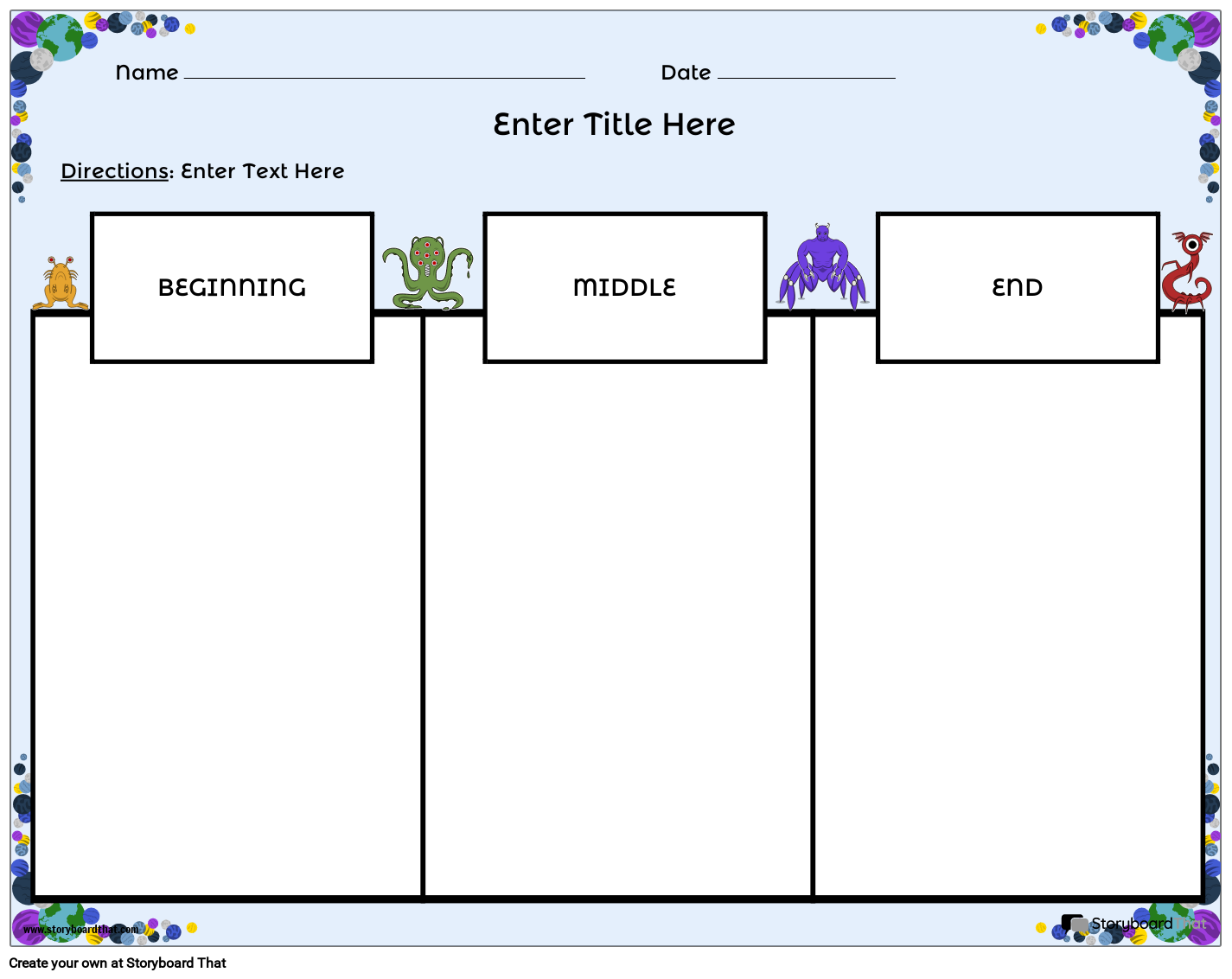
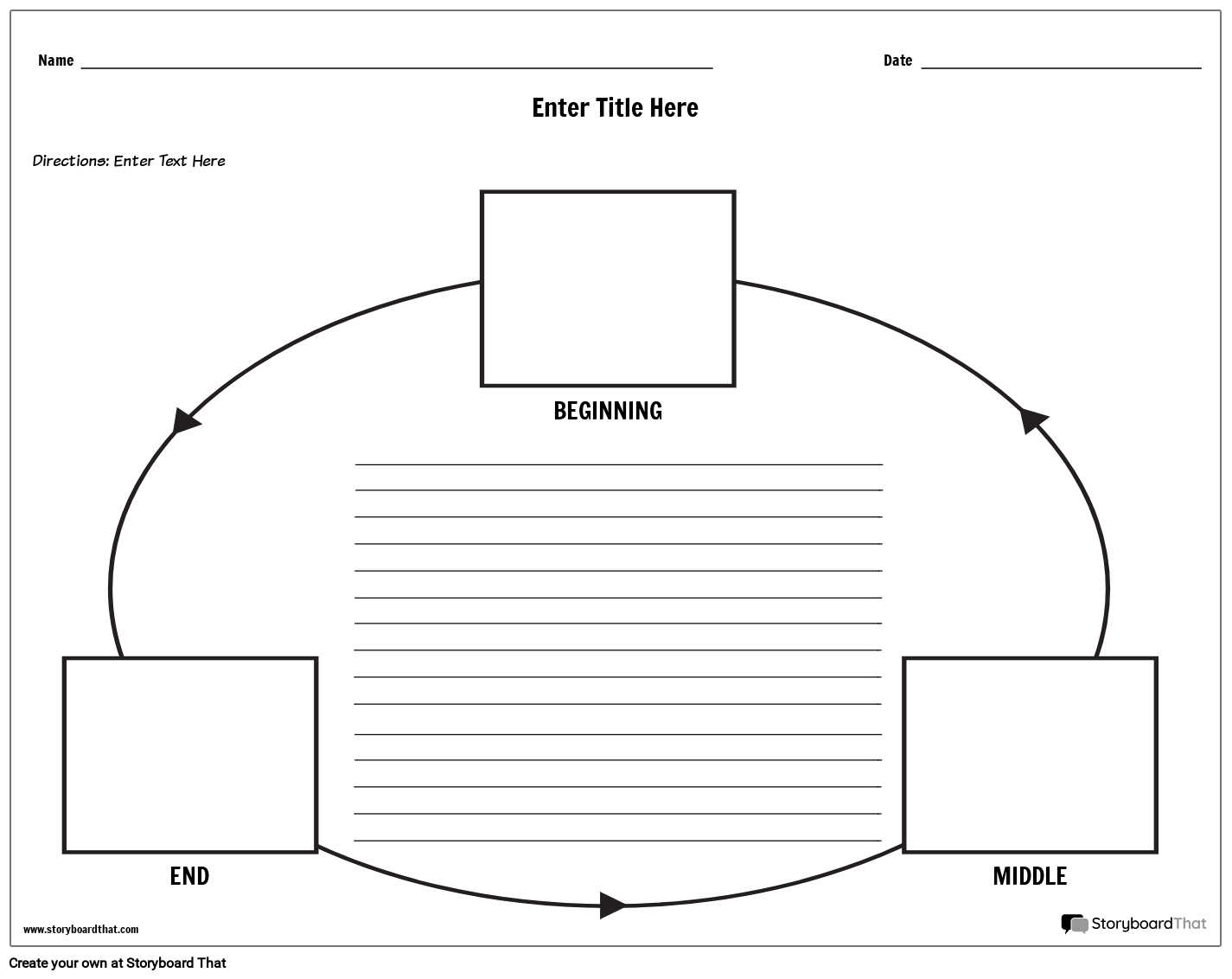
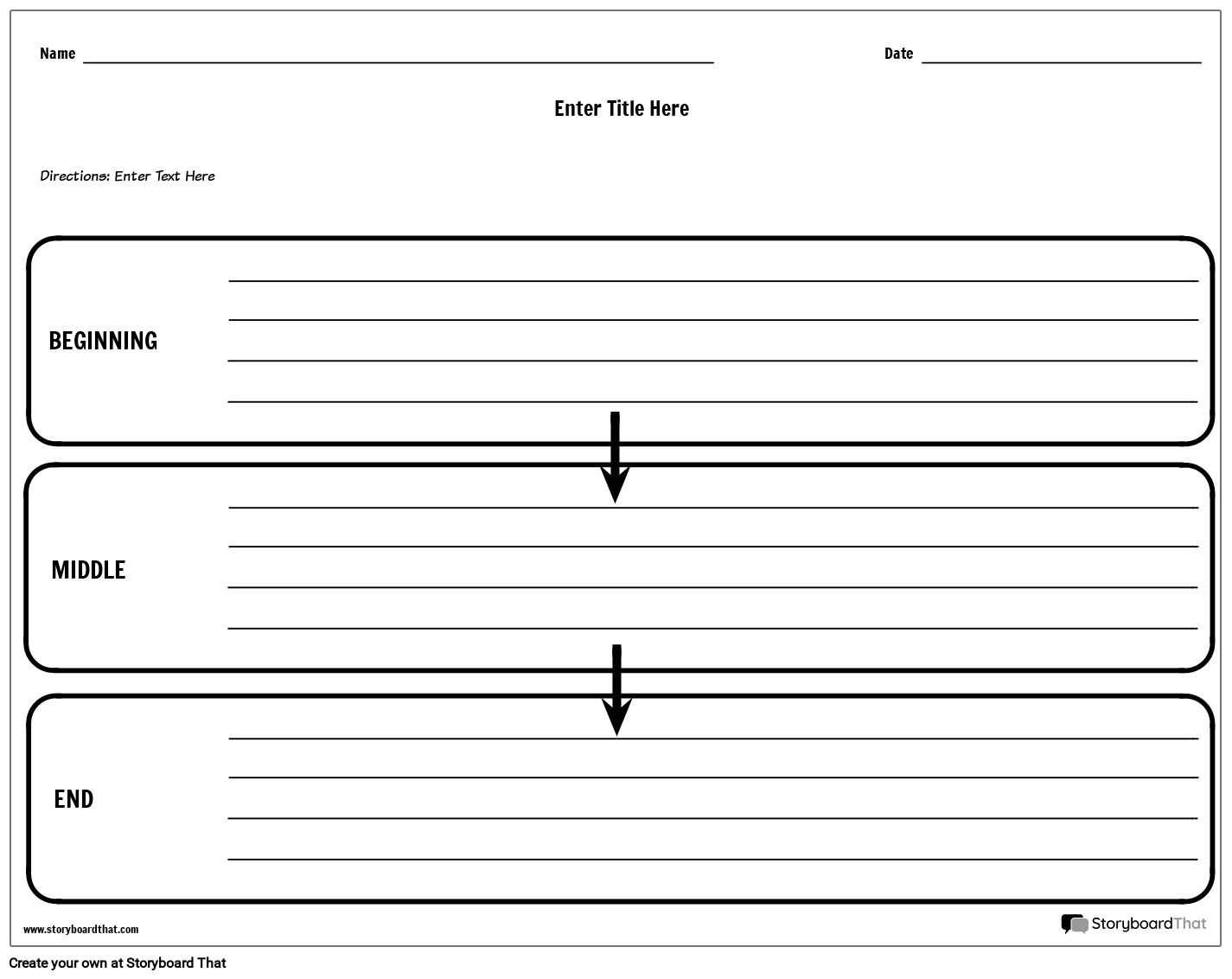

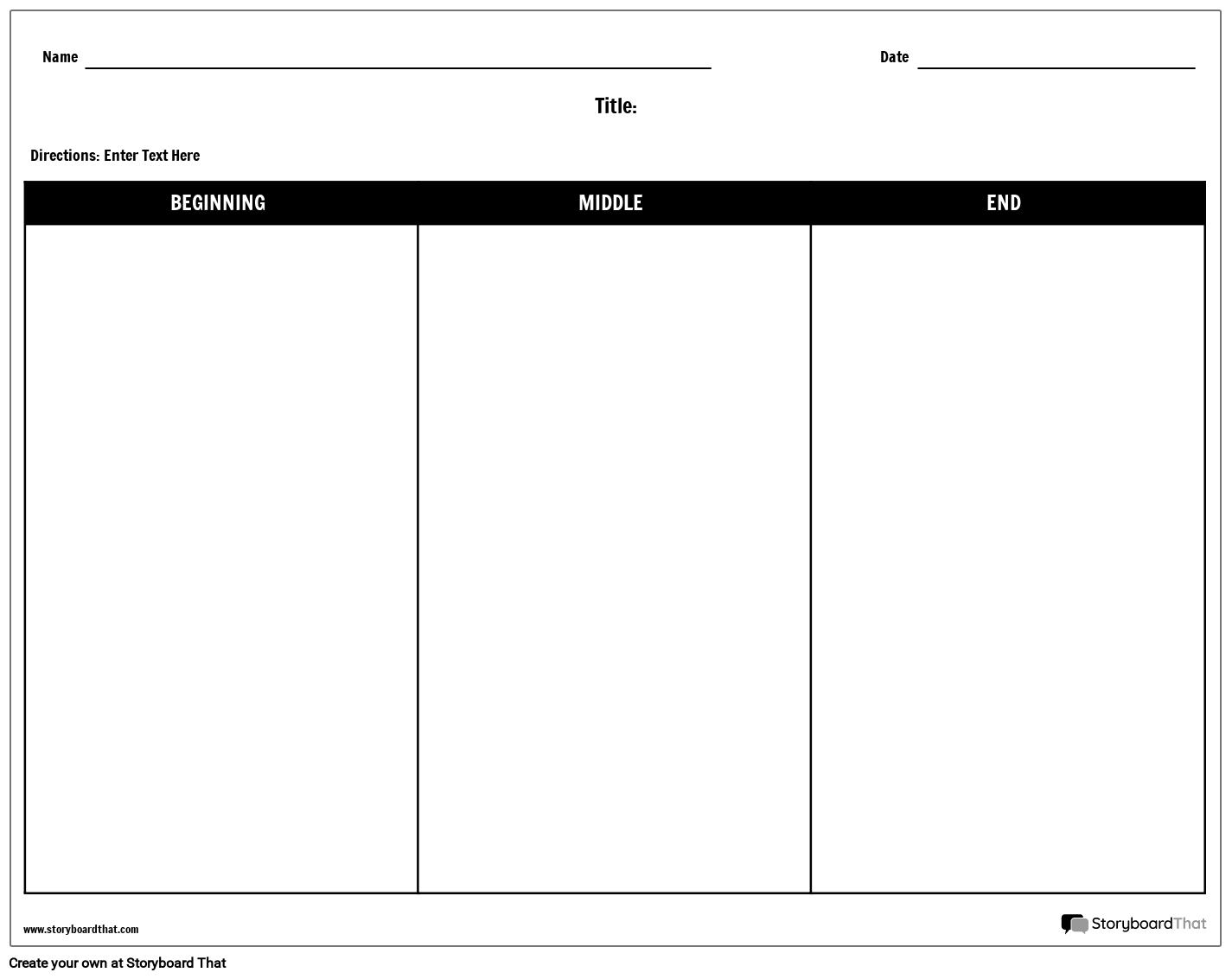


If you're assigning this to your students, copy the worksheet to your account and save. When creating an assignment, just select it as a template!
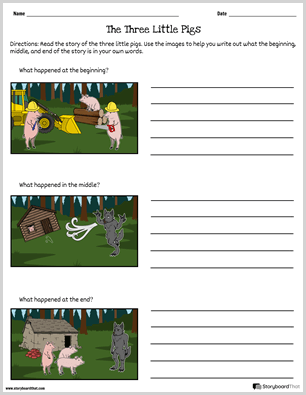
BME, which is an acronym for beginning, middle, and end, is a popular and effective storytelling structure for learners of all ages. In fact, it is often one of the first story structures that students learn when they begin to explore creative writing. To help master the art of storytelling using BME, educators often use handouts and graphic organizers that are designed to guide them through the process of sequencing their stories. These BME worksheets provide a structured framework to identify and organize the key elements of their stories, including the beginning, middle, and end.
A big part of reading comprehension is understanding the major events and what happened throughout the book. One of the simplest ways to break a piece of fictional writing up is into three parts: beginning, middle, and end. ELL students can use them to keep important characters, places, and details in order. They can be used to review a story, and to begin to build more complex fictional plots! By using a beginning middle end graphic organizer, kids can develop their skills in sequencing and gain a better understanding of how to construct a well-rounded and engaging story. Moreover, these pages offer an opportunity to build their own stories from scratch, as they work through each section of the page. Overall, beginning middle end worksheets provide a valuable tool for both learners and educators alike, as they help to foster creativity and literacy skills in young writers.
By following these steps, you can create a clear and effective sequencing worksheet that helps students to develop their skills in organizing their thoughts and ideas into a well-structured sequence.
While it is fun to create something from scratch, Storyboard That is an excellent tool for creating BME graphic organizers and free sequencing worksheets that are both engaging and interesting. Check out the simple steps below!
We have lots of templates to choose from. Take a look at our example for inspiration!